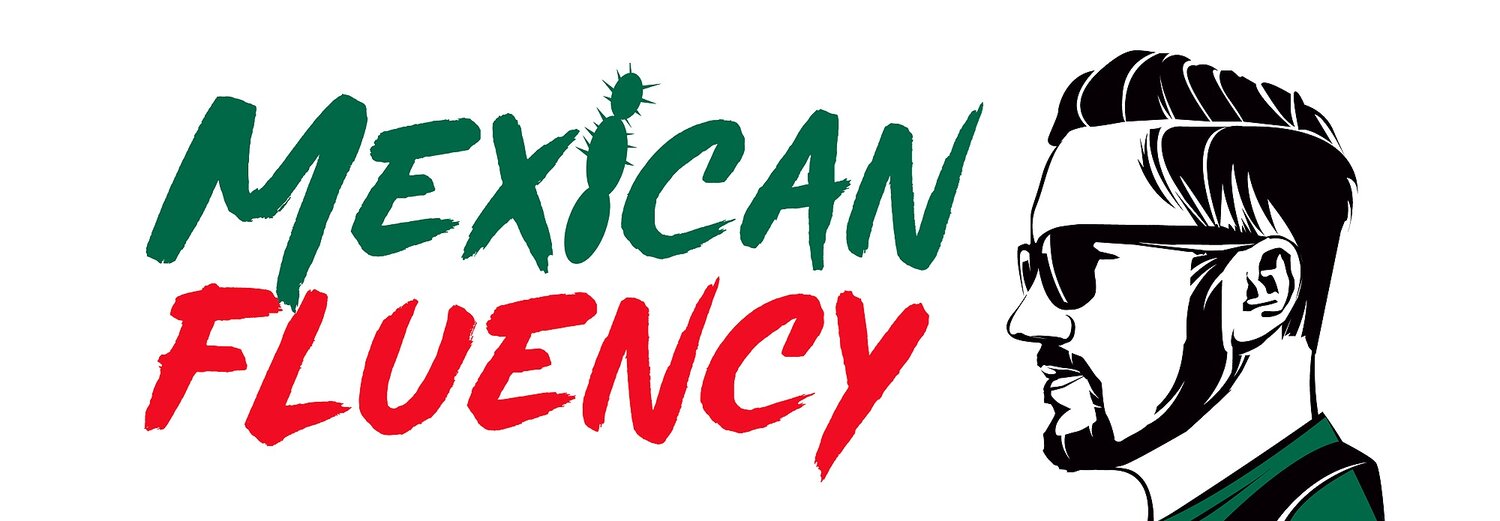Mastering the Art of Saying "A Lot" in Mexican Spanish
Are you learning Mexican Spanish and want to sound more like a native speaker?
One key aspect of mastering the language is learning to express the idea of "a lot."
Understanding and using the various expressions for "a lot of" will enrich your vocabulary and help you engage in more natural and fluent conversations with native speakers.
In this article, we'll explore the different expressions for "a lot of" in Mexican Spanish and provide guidance on when and how to use them appropriately in conversation.
So, let's dive in and enhance your Mexican Spanish-speaking skills!
The Basics
When speaking Mexican Spanish, there are several ways to express the idea of "a lot."
Mucho
The most common way is to use "mucho," which can be used literally and figuratively.
For example, "Hay mucho trabajo que hacer" (There's a lot of work to do) or "Me gusta mucho el chocolate" (I really like chocolate a lot).
Tanto
Another option is to use "tanto" when you want to say "so much" or "that much."
For instance, "Tanto me gusta comer tacos que no puedo parar de comerlos" ("I like eating tacos so much that I can't stop eating them").
You can also use "tanto" with verbs, such as "Trabaja tanto que nunca tiene tiempo para divertirse" (He works so much that he never has time to have fun).
Tan
Additionally, you can use "tan" with adjectives to describe quantity or quality.
For example, "Esta salsa es tan picosa que casi me da un ataque al corazón cuando la pruebo" ("This salsa is so spicy that it almost gives me heartburn when I try it").
Another example is "La playa estaba tan llena que no pudimos encontrar un lugar para sentarnos" ("The beach was so crowded that we couldn't find a place to sit").
Mastering these basic phrases will allow you to communicate more effectively with native Spanish speakers and navigate Mexican Spanish slang.
Whether you're talking about work, food, or any other topic, expressing the idea of "a lot" accurately will help you convey your thoughts and connect with others meaningfully.
Mexican Spanish Expressions
Clean Expressions
There are a few non-vulgar ways to say "a lot" in Spanish:
Un montón: This expression means "a large quantity" and can be used for countable and uncountable nouns. For example, "Tengo un montón de amigos que vienen para la cena" (I have a lot of friends who are coming over for dinner).
Muchísimo: This expression is similar but slightly stronger than "un montón," meaning 'extremely' or 'greatly.' You can use this phrase when discussing something positive or negative.
Un sinfín de: This phrase literally translates as 'an infinity of,' but it's often used when talking about things that aren't necessarily infinite but still have an abundance of them, like money or many books.
Un Chorro: This expression conveys a large quantity of something and can be translated to "a bunch" or "a load." For example, "Compré un chorro de libros en la librería" (I bought a bunch of books at the bookstore).
Vulgar Expressions
Some expressions in Mexican Spanish are considered vulgar and should be used with caution:
Un Chingo: This expression means "a lot" and is used in Mexico City. It comes from the word chingar, which means "to fuck."
Be careful, as it may offend some people.
Un Putazo: This means "a lot" in the sense of "a punch."
For example, "El golpe que me dio el perro me dio un putazo en la cara y me hizo sangrar mucho" (The blow the dog gave me caused a punch in the face and made me bleed a lot).
Un Vergo: This slang expression means "a lot" and can be used in informal settings. It can be translated as "a shitload" or "a ton."
For example, "Hay un vergo de tráfico en la ciudad en hora pico" (There's a shitload of traffic in the city during rush hour).
Final Thoughts
The most important thing to remember is that using slang and other colloquialisms is integral to Mexican Spanish.
It's not something you should try to avoid or correct, but rather embrace and enjoy it as part of your language learning experience!
If you want to learn more about how different parts of speech are used in Mexican Spanish, keep exploring and practicing with native speakers.
